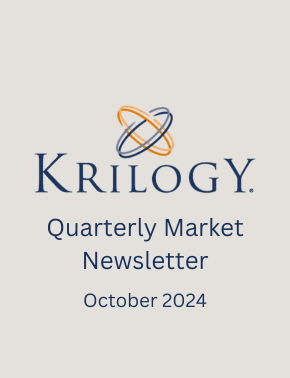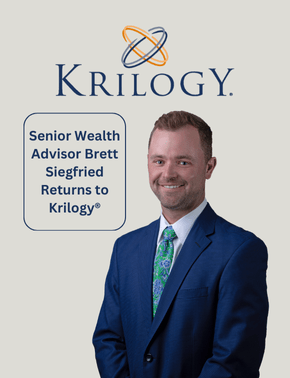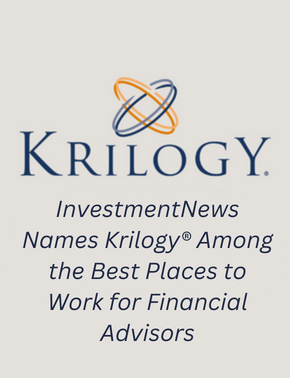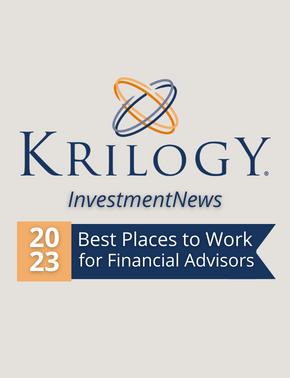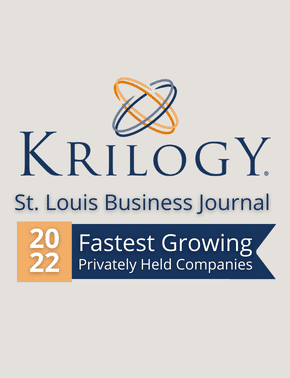It’s hard denying that 2017 was a record-setting year for the S&P 500 from various perspectives. Of note, every month experienced a positive return for the first time since 1928. Not only was this historic feat accomplished in the face of what seemed to be plenty of headline risk, but it was done so with historically low volatility. Specifically, the S&P 500 had experienced the longest stretch without a 3% pullback, 448 calendar days1 since 1928, while the average intra-year drop is 13.8% going back to 19802.
After a record-setting 2017, and a strong January 2018, the market has finally made its long overdue correction (decline of at least 10%). Upon reaching 2873 on Friday January 26, 2018 close, it took just 13 days for the S&P 500 to fall 11.9% touching 2532 on Thursday, February 8, 2018. The 13-day correction was the fastest “correction” in the last 50 years3. As often is the case, the bounce back is as quick as the fall as the S&P 500, at time of writing, sits just roughly 3.5% below its all-time high set on January 26th. The dynamic nature and velocity of these market moves, which we expect to see more frequently as we transition to a higher rate environment, underscores the need for “process” in one’s investment approach. It is not a realistic notion to be able to successfully time or predict the market’s next directional swing on a near-term hourly, daily, or weekly basis. Consequently, portfolio construction that features investments and asset classes that have lower overall correlation, helps mitigate the significant draw downs that we have seen in the equity markets of late. Prevention of large draw downs may provide a lower volatility consistency in seeking compounded returns that may be more synergistic in the goals set forth in one’s personal financial plan.
A primary catalyst of recent volatility stems from the stock market’s attempt to embrace what appears to be the end of a secular bull market in bonds. At just shy of 3%, the yield on the 10-year Treasury has recently been higher than we’ve seen in over 4 years. Ironically, a higher rate environment signals stronger growth and an overall healthier economy, and we’ve certainly seen that from recent economic data. As such, near-term recessionary risks are quite low. However, with higher interest rates, higher P/E (Price to Earnings) ratios on equities become harder to justify. Prior to the recent correction, there had been little debate that the S&P 500 was on the higher end of its historical valuation range, as the forward 12-month P/E ratio for the S&P 500 was around 18.5. However, even with the recent market bounce back through February 23, 2018, the forward P/E ratio on the S&P 500 decreased to 16.9, just slightly above the 5-year average of 16.0. This valuation is very reasonable in this environment against a backdrop of strong corporate earnings.
For Q4 2017 (with 90% of the companies in the S&P 500 reporting earnings), 74% of S&P 500 companies have reported positive EPS (Earnings Per Share) surprises and 78% have reported positive revenue surprises. If 78% is the final number for the quarter, it will mark the highest percentage since FactSet began tracking this metric in Q3 2008. Furthermore, for Q4 2017, the blended earnings growth rate for the S&P 500 is 14.8%. If this trend continues, it will mark the highest earnings growth rate since Q3 2011 (16.8%) 4. Once the equity markets can seem to work through this transitory period of higher rates in what we expect to be a slow and steady manner, we believe attention can appropriately shift to the catalyst of strong corporate earnings, which have been driven higher by tax reform, to help justify and support current and even higher valuations. Expected earnings, prior to tax reform, looked to be in the low $140’s for the S&P 500 in 2018 and they’re now anticipated to be in the mid $150’s, which would represent 18% EPS growth in 20185. From December 31, 2017 through February 15, 2018, 127 S&P 500 companies have issued positive EPS guidance so far for 2018. This number marks the highest number of S&P 500 companies issuing positive EPS guidance for a year (through this point in time) since FactSet began tracking guidance data in 2007.6
Before we hit the panic button due to the reality that rates are moving higher, perhaps it helps to be mindful of Marc Pouey’s work at Bank of America Merrill Lynch, who reminds us that in 15 periods of rising 10-year yields since 1954, stocks generated positive returns 90 percent of the time.7 Furthermore, when we had the interest rate “taper tantrum” in 2013 moved 10-year treasury yields 100 basis points higher, it was one of the best years for the S&P 500 in recent memory, as the index was up over 29%.
Important Disclosures: Investment Advisory Services offered through Krilogy Financial®, an SEC Registered Investment Advisor. Please review all prospectuses and Krilogy Financial®’s Form ADV 2A carefully prior to investing. This is neither an offer to sell nor a solicitation of an offer to buy the securities described herein. An offering is made only by a prospectus to individuals who meet minimum suitability requirements.
All expressions of opinion are subject to change. This information is distributed for educational purposes only, and it is not to be construed as an offer, solicitation, recommendation, or endorsement of any particular security, products, or services.
Diversification does not eliminate the risk of market loss. Investments involve risk and unless otherwise stated, are not guaranteed. Investors should understand the risks involved of owning investments, including interest rate risk, credit risk and market risk. Investment risks include loss of principal and fluctuating value. There is no guarantee an investing strategy will be successful. Past performance is not a guarantee of future results. Indices are not available for direct investment; therefore, their performance does not reflect the expenses associated with the management of an actual portfolio. The S&P data is provided by Standard & Poor’s Index Services Group.
Services and products offered through Krilogy Financial® are not insured and may lose value. Be sure to first consult with a qualified financial advisor and/or tax professional before implementing any strategy discussed herein.
1 Source: The Bespoke Report, Bespoke Investment Management, Annual 2018
2 Source: JP Morgan Quarterly Guide to the Markets December 31, 2017
3 Source: BTN Research
4 Source: FactSet Earnings Insight February 23, 2018
5 Source: FactSet
6 Source: FactSet Earnings Insight, February 16, 2018
7 Source: CNBC: Market Insider with Patti Domm, February 21, 2018 https://as2.ftcdn.net/jpg/01/03/01/97/500_F_103019777_8XwyfJvQiQOtFr0pCIvwafP5WyFGio8h.jpg


